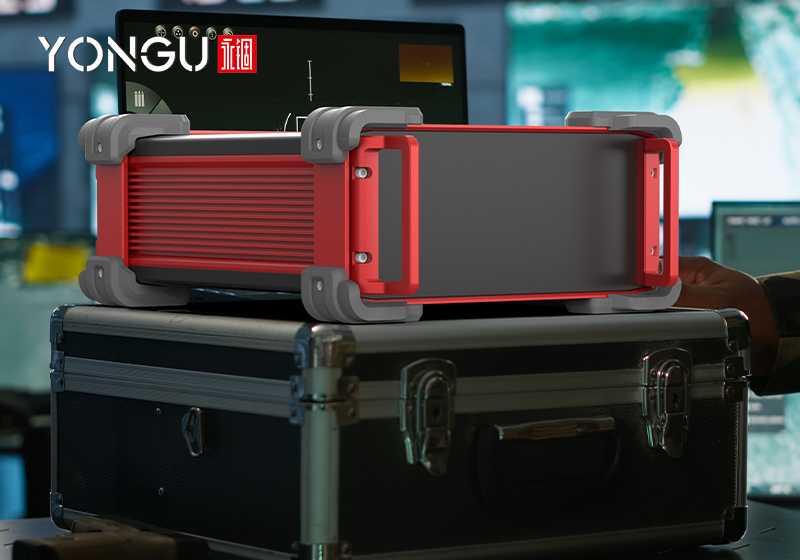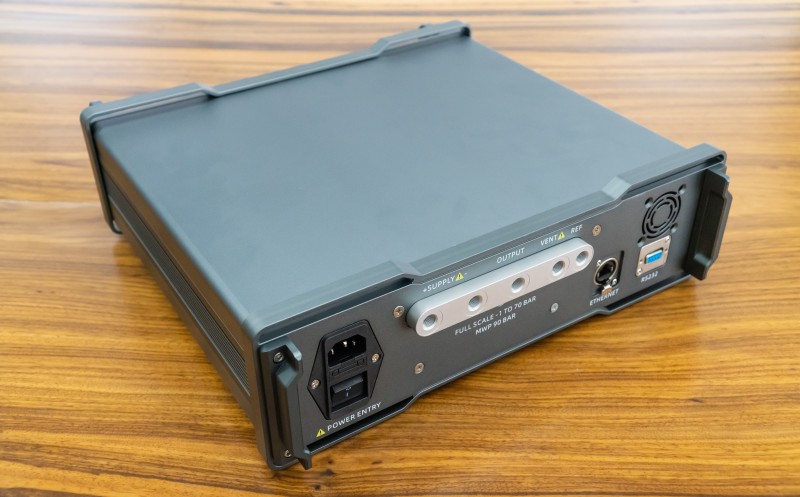In precision-critical applications like industrial automation, telecom base stations, and medical devices, electromagnetic interference (EMI) acts as a silent saboteur – causing signal distortion, data corruption, and system failures. This technical brief dissects EMI mitigation through three core design pillars: shielding architecture, structural optimization, and filtering/grounding systems. Learn to engineer enclosures that meet MIL-STD-461G and IEC 61000-4 standards while avoiding over-engineering pitfalls.
I. Shielding Design: Building the Electromagnetic Fortress
1. Material Selection: Conductivity vs. Permeability Optimization
- High-Conductivity Metals: Aluminum alloys (5052-H32), copper-clad steel, and zinc-plated steel for reflecting 30MHz-1GHz RF interference
- High-Permeability Alloys: CRCA steel and permalloy (80% Ni-20% Fe) for absorbing <30MHz magnetic fields in motor drives
- Composite Solutions: Conductive coatings (Ag-filled epoxy) or metalized fibers (5% stainless steel) for polymer enclosures
2. Seam Engineering: The Micron-Level Battle
- Laser Welding: Reduces EMI leakage by 92% vs. riveted joints (per IEEE 299.1 testing)
- Conductive Gaskets: EMI-rated silicone/fluorosilicone with nickel/copper plating (contact resistance <10mΩ/cm²)

II. Structural Optimization: Ventilation vs. Shielding Tradeoffs
1. Aperture Control
- Waveguide Theory: Maximum aperture diameter = λ/20 (e.g., 1.5mm for 10GHz 5G NR)
- Honeycomb Vents: Aluminum mesh with 1.2mm cell size achieves 40dB shielding at 6GHz
2. Zoned Shielding
- Compartmentalization: Separate "noise zones" (PSUs) from "clean zones" (MCUs) using mu-metal partitions
III. Filtering & Grounding: The Final Defense Line
1. Filter Networks
- Power Line Filters: Toroidal chokes with X2Y capacitors (100kHz-1GHz attenuation)
- Cable Shielding: 360° clamp ferrites + braided shields (avoid <90° "pigtail" terminations)
2. Grounding Topologies
- Single-Point: <1MHz systems (prevents ground loops)
- Multi-Point: >10MHz RF circuits (reduces impedance to <2mΩ)
- 3D Grounding: Spring-loaded pogo pins maintain <5mΩ chassis-circuit continuity

Emerging Challenges in 5G/AIoT Era
1. mmWave Shielding: Graphene-coated absorbers for 24-47GHz bands
2. Adaptive Filters: FPGA-controlled tunable LC networks with real-time spectrum analysis
EMI Enclosure Selection Checklist
1. Environment Class:
- CISPR 11 Class A (industrial) vs. Class B (residential)
2. Material Validation:
- Request ASTM D4935 shielding effectiveness reports
3. Compliance Proof:
- Demand full FCC Part 15/J55022 test reports
Conclusion
Effective EMI design requires systematic integration of materials science, RF engineering, and compliance expertise. For OEMs developing 5G/IIoT equipment, implementing these principles can reduce EMI-related failures by 70% (per ETSI TR 103 526). Contact our EMI/EMC specialists for custom solutions exceeding 100dB shielding at 40GHz.



